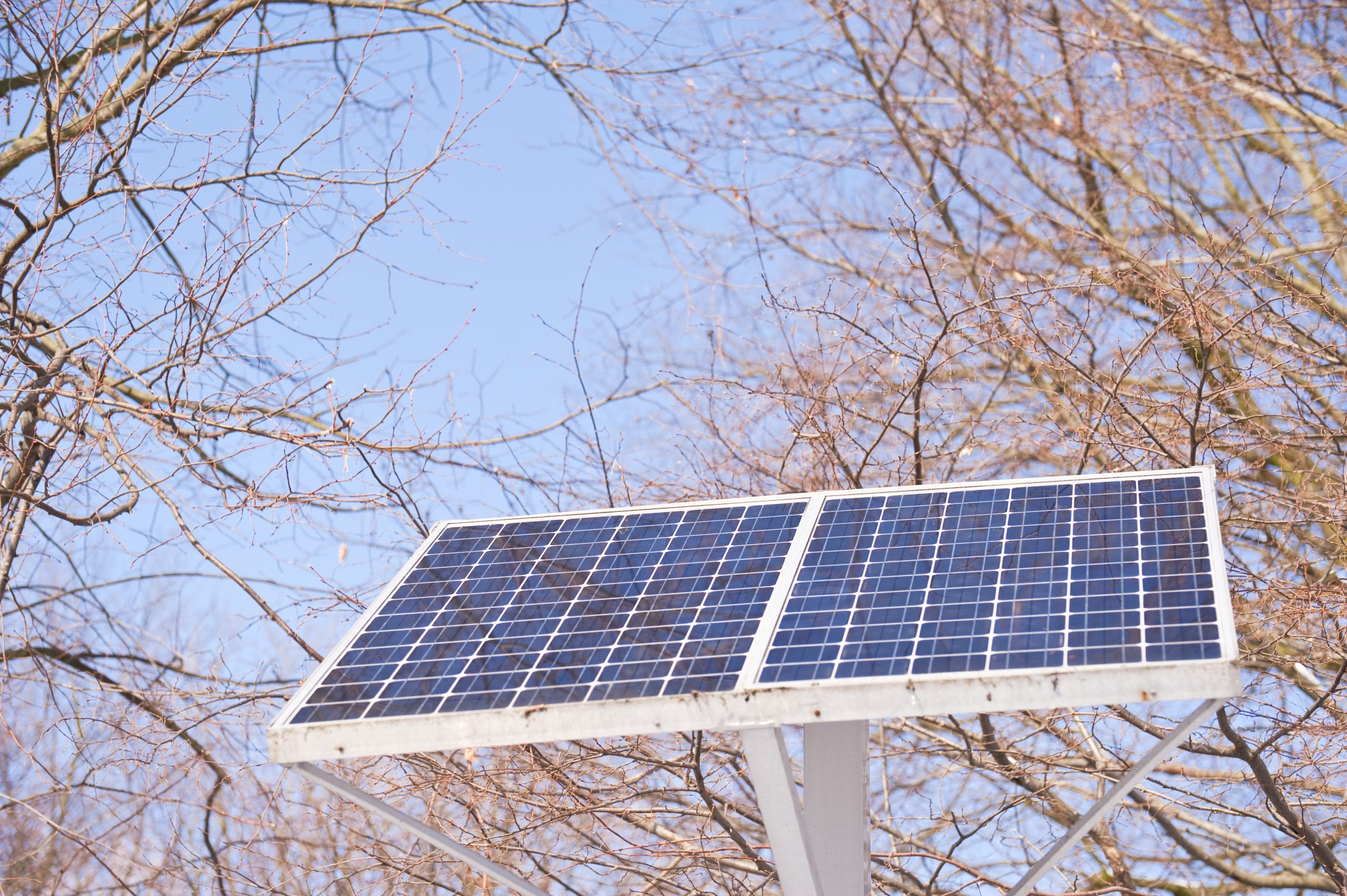Introduction to Solar Panels
If you’re thinking about making the switch to solar power, then you might be wondering where to start. In this article, we’ll cover everything you need to know about installing and using solar panels in your home or business.

Types of Solar Panels
There are several types of solar panels available on the market today. The most common type is crystalline silicon, which accounts for over 90% of all solar panel installations worldwide. Other popular options include thin-film solar panels, bifacial solar panels, and monocrystalline solar panels. Each type has its own unique advantages and disadvantages, so it’s important to do your research before choosing a specific model.
How Do Solar Panels Work?
Solar panels work by converting sunlight into electricity through a process called photovoltaic (PV) conversion. When light hits the surface of the panel, it knocks electrons loose from their atoms, creating an electrical current that can be harnessed as energy. This energy is stored in batteries or sent directly to your home or business via an inverter.
Benefits of Using Solar Power
One of the biggest benefits of using solar power is the potential savings on your monthly utility bill. Depending on your location and energy usage, you could save hundreds or even thousands of dollars per year by switching to solar. Additionally, solar power is renewable and sustainable, meaning it won’t run out like traditional fossil fuels. It also produces no greenhouse gas emissions, helping to reduce our impact on the environment.
The Cost of Installing Solar Panels
The cost of installing solar panels varies depending on factors such as the size of your system, the quality of the equipment used, and the complexity of the installation. On average, however, residential solar systems range in price from $5,000 to $20,000 after tax credits and rebates. While this may seem expensive upfront, many homeowners find that the long-term savings make it worthwhile.
What is the Payback Period for Solar Panels?
The payback period for solar panels depends on various factors, including the cost of electricity in your area, the amount of sunlight your location receives, and the efficiency of your solar panels. However, on average, most homeowners see a return on investment within five to seven years after installation. After that point, they enjoy free electricity for the life of the system.
Finding a Reputable Installer
Choosing a reputable installer is crucial when it comes to ensuring the success of your solar project. Look for companies with positive reviews, high ratings, and experience in the industry. Ask for references from past customers and check with local authorities to ensure that the company is licensed and insured.
Common Mistakes When Installing Solar Panels
One common mistake people make when installing solar panels is not properly assessing their energy needs. Before starting any solar project, it’s essential to determine how much energy you use each day and what kind of system will meet those needs. Another mistake is not considering the orientation and angle of the panels. To maximize energy production, they should face south and have a tilt equal to your latitude plus 15 degrees. Finally, failing to maintain and clean the panels regularly can lead to reduced performance and shortened lifespan.
Maintenance and Cleaning Tips
To keep your solar panels functioning at peak capacity, regular maintenance and cleaning are necessary. Dust, dirt, pollen, and other debris can accumulate on the surface of the panels, reducing their ability to generate electricity. Use a soft cloth and water to gently remove these substances every few months. If there are stubborn stains or deposits, consider hiring a professional cleaner to avoid damaging the delicate surfaces.
Conclusion
In conclusion, while installing solar panels requires some initial investment, the long-term benefits far outweigh the costs. By understanding the different types of panels available, how they work, and the best practices for installation and maintenance, you can successfully transition to solar power and start enjoying the financial and environmental benefits today.
Leave a Reply